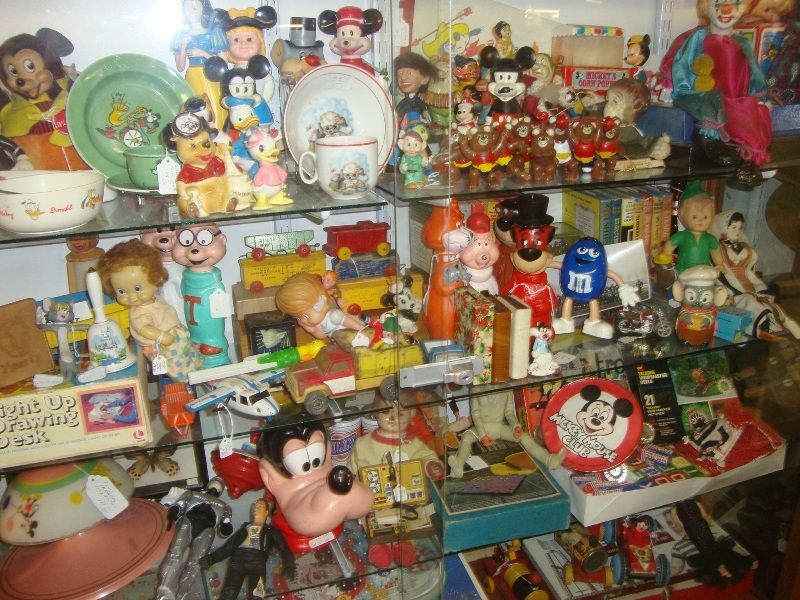Although the Journal focuses its editorial on antiques and “antique collectibles,” items in the range of 50 years or older, we often look at what’s “hot” in the collectibles market to determine what might be worth collecting now for a possible return in the future.
Few up until the late 1900s purchased and collected baseball cards, comics, comic books, advertising trade cards, or autographs of the famous people we came across or wrote to with a thought about their future value. The value was in the thrill of the hunt, the excitement of collecting a complete set, interacting with the item, and sharing your collection with others; however, collectors of that era who had the forethought to intentionally collect to preserve are realizing value for their collections today at auction that has collectors of all ages and interest looking at what they collect differently.
While most of us will never be able to afford such rare and in perfect condition vintage ephemera-based collectibles as a Babe Ruth Rookie Card from 1914 ($7.2 million) or Marvel’s 1962 “Amazing Fantasy” #15 comic book ($3.6 million) – that ship has sailed – there are ways to collect and build collections around what’s hot today for a possible future return on your speculation.
What’s hot to collect today may or may not end up increasing in value in the future – it’s pure speculation at this time. During the Beanie Babies craze of the late 1990s, every mother I knew was on the hunt for the latest release. Those of us who believed the hype that this was a collectible sure to have future value purchased two at a time for our children: one for them to play with and the other to hide away in the closet for their college fund. Sitting side-by-side in that college fund closet, preserved for time in their original packages and away from the ravishes of sunlight, are Cabbage Patch dolls, Hot Wheels, Furbys, Pokémon cards, Anniversary-release Disney VHS tapes of movie classics from the vault, “Star Wars” figurines, and stamp albums among other fads, hobbies, and toys that have come and gone with the times. Few items from this era have yet to realize any market value – and may never – but the idea of hedging your bets can and does pay off.
While chasing hot collectibles is one way to go, another is to collect more strategically. For example, look to collect baseball cards and sports memorabilia of players in their Rookie year, look for comic books where a new character is introduced or the first in a new series, complete Panini albums from the World Cup, rebuild your vinyl collection with limited releases, buy select vintage pieces by looking for brand, quality, era, and style, and go horizontal on a theme – not vertical.
While capturing items when they come out is one way to build a collection for the future there are ways to build a collection based on items from the past.
If you are thinking about assembling a collection, big or small, it is always best to lay out a plan of action before you start spending your hard-earned money, according to an article that ran in PSA. “While this may appear to be common sense to most readers, you would not believe how many people fail to act accordingly. Planning ahead will help whether you collect autographs or trading cards, game-used bats or tickets, or a combination of many different types of collectibles. If you stick to a plan, it will ultimately result in a more enjoyable collecting experience.”
Here are 10 suggestions they provide to help you accomplish this goal:
- Select a collecting theme and stick to it
- Buy authenticated/graded collectibles
- Ask questions and educate yourself
- Find and buy from a reputable seller
- Consider display and storage issues
- Avoid becoming a bargain hunter
- Buy the finest quality you can afford
- Manage your emotions and don’t be afraid to pull the trigger
- Value expertise over origin
- Keep collecting fun
And remember, it’s all about “condition,” “condition,” “condition!”
You can read the complete PSA article here:





Related posts: